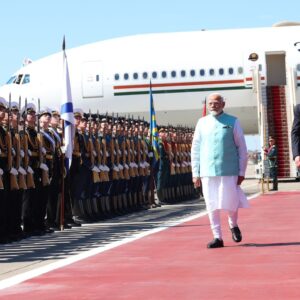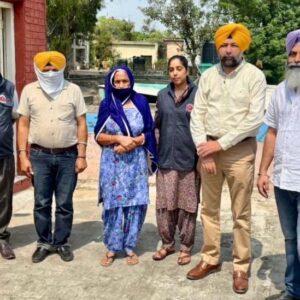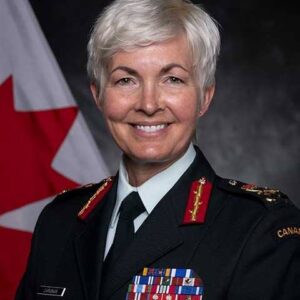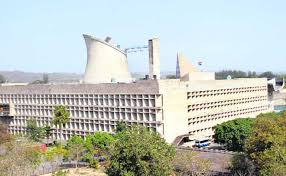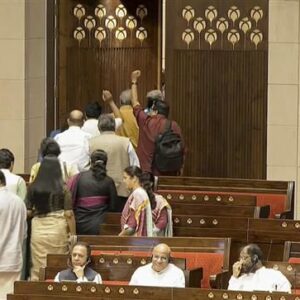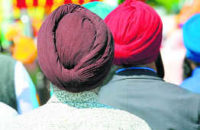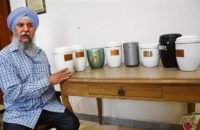Vatican City
The Vatican office responsible for processing clergy sex abuse complaints has seen a record 1,000 cases reported from around the world this year, including from countries it had not heard from before — suggesting that the worst may be yet to come in a crisis that has plagued the Catholic Church.
Nearly two decades after the Vatican assumed responsibility for reviewing all cases of abuse, the Congregation for the Doctrine of the Faith is today overwhelmed, struggling with a skeleton staff that hasn’t grown at pace to meet the four-fold increase in the number of cases arriving in 2019 compared to a decade ago.
“I know cloning is against Catholic teaching, but if I could actually clone my officials and have them work three shifts a day or work seven days a week,” they might make the necessary headway, said Monsignor John Kennedy, the head of the congregation’s discipline section, which processes the cases.
“We’re effectively seeing a tsunami of cases at the moment, particularly from countries where we never heard from (before),” Kennedy said, referring to allegations of abuse that occurred for the most part years or decades ago. Argentina, Mexico, Chile, Italy and Poland have joined the US among the countries with the most cases arriving at the congregation, known as the CDF.
Even the Vatican’s most secretive institution now feels the need to show some transparency as the church hierarchy seeks to rebuild trust with rank-and-file Catholics who have grown disillusioned with decades of clergy abuse and cover-up.
Pope Francis took a step towards showing greater transparency with his decision this week to abolish the so-called “pontifical secret” that governs the processing of abuse cases to increase cooperation with civil law enforcement.
But the CDF’s struggles remain, and are emblematic of the overall dysfunction of the church’s in-house legal system, which relies on bishops and religious superiors, some with no legal experience or qualified canon lawyers on staff, to investigate allegations of sexual abuse that even the most seasoned criminal prosecutors have difficulty parsing.
The system itself is built on an inherent conflict of interest, with a bishop asked to weigh the claim of an unknown alleged victim against the word of a priest who he considers a spiritual son.
Despite promises of “zero tolerance” and accountability, the adoption of new laws and the creation of expert commissions, the Vatican finds itself still struggling to reckon with the problem of predator priests—a scourge that first erupted publicly in Ireland and Australia in the 1990s, the US in 2002, parts of Europe beginning in 2010 and Latin America last year.
Located in a mustard-coloured palazzo just inside the Vatican gates, the CDF serves as the central processing centre for abuse cases as well as an appeals court for accused priests under the church’s canon law, a parallel legal system to civil law enforcement that dispenses ecclesial justice.




 Driving Naari Programme launched in Chandigarh
Driving Naari Programme launched in Chandigarh








